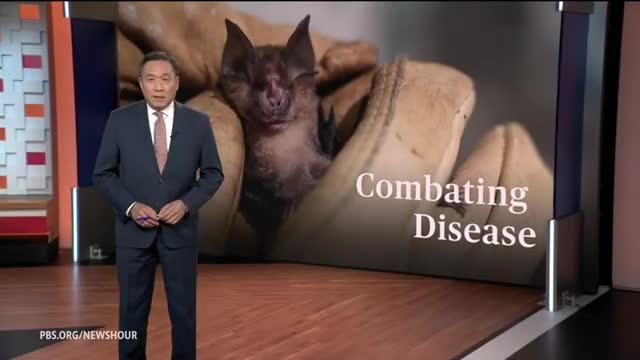Bats face extinction as white nose syndrome ravages populations
This article was created by AI summarizing key points discussed. AI makes mistakes, so for full details and context, please refer to the video of the full meeting. Please report any errors so we can fix them. Report an error »

The plight of North American bats has reached a critical juncture as they continue to battle the devastating effects of white-nose syndrome, a fungal disease that has decimated populations since its discovery in 2006. Originating in Europe, the fungus was likely transported to the U.S. by a traveler, leading to a rapid spread across the continent. Millions of bats have succumbed to the disease, with some species experiencing population declines of over 90%.
Recent discussions among researchers have sparked a glimmer of hope in the fight against this deadly threat. Innovative solutions are being explored, including the application of a nontoxic chemical spray in bat hibernation sites, which has shown promise in preventing the fungus from attacking bats. Additionally, efforts to introduce colder air into these shelters may enhance bats' hibernation, allowing them to better withstand the disease.
The ecological importance of bats cannot be overstated; they play a crucial role in pollination and pest control. The decline of bat populations has already led to increased insect populations, prompting farmers to use more pesticides, which poses further risks to human health.
Experts emphasize the need for global awareness regarding the spread of pathogens, as demonstrated by the journey of the white-nose syndrome fungus from Europe to North America. The interconnectedness of ecosystems and human activities highlights the urgency of addressing these environmental challenges to protect both wildlife and public health.
Recent discussions among researchers have sparked a glimmer of hope in the fight against this deadly threat. Innovative solutions are being explored, including the application of a nontoxic chemical spray in bat hibernation sites, which has shown promise in preventing the fungus from attacking bats. Additionally, efforts to introduce colder air into these shelters may enhance bats' hibernation, allowing them to better withstand the disease.
The ecological importance of bats cannot be overstated; they play a crucial role in pollination and pest control. The decline of bat populations has already led to increased insect populations, prompting farmers to use more pesticides, which poses further risks to human health.
Experts emphasize the need for global awareness regarding the spread of pathogens, as demonstrated by the journey of the white-nose syndrome fungus from Europe to North America. The interconnectedness of ecosystems and human activities highlights the urgency of addressing these environmental challenges to protect both wildlife and public health.
View full meeting
This article is based on a recent meeting—watch the full video and explore the complete transcript for deeper insights into the discussion.
View full meeting